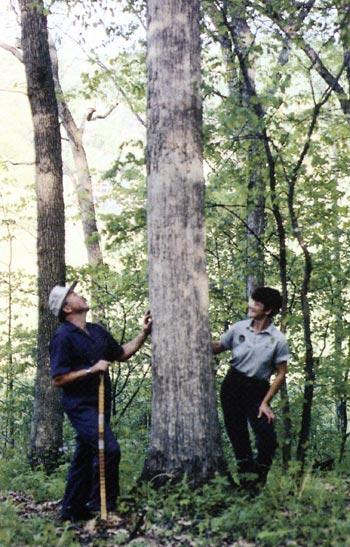When timber production is the major objective select economically important tree species that are best suited to soils and sites.
Planting hardwood trees for profit.
Casey hentges takes a complete tour of the process of planting growing and harvesting trees for lumber.
The best way is selective harvesting.
The hardwood tree planting should be inspected on a seasonal basis and following major storm and runoff events.
Growing trees for profit is an ideal part time or full time business for anyone who enjoys being outdoors and working with plants.
Tropical hardwood is about twice as expensive as in the calculations examples mentioned.
An experienced forester or soil scientist should be consulted for field work to identify specific planting locations and selection of proper hardwood species if they are not presently on site.
When successfully harvested high value trees can yield profitable high grade lumber and fine veneer quality plywood.
This allows a forest to produce timber indefinitely.
Trees are a valuable and renewable resource that can be grown in a tiny backyard or on a 100 acre tree farm.
Gsp black walnut trees our gsp black walnuts are grown from seed from purdue 1 trees in quart.
Really tall trees in tropical forests sometimes require up to 300 years.
The oak trees on this slope and throughout the arboretum represent many ecosystems in georgia from bottomland hardwood swamps to granite outcrops.
There is also a major difference as to when certain trees can be cut.
Of the approximately 90 species of oaks native to the united states 33 are native to georgia.
The most profitable trees for most small growers are those in demand.
Any damages or sediment accumulation that would adversely impair the function of the planting must be corrected immediately at the landowner s expense.
These highly sought after trees can best be described as tall straight large in diameter hardwood trees with no obvious defects to the stem.
Replacement of dead trees will be needed until the planting is functional.
According to consulting forester jim birkemeier a properly managed hardwood tree such as a red oak growing in southern wisconsin adds 1 2 to its adult diameter each year combine that annual growth rate with increasing premiums for larger quality logs and generally rising stumpage prices and you get total value growth rates of 20 30 percent a year for managed timber stands he says.

